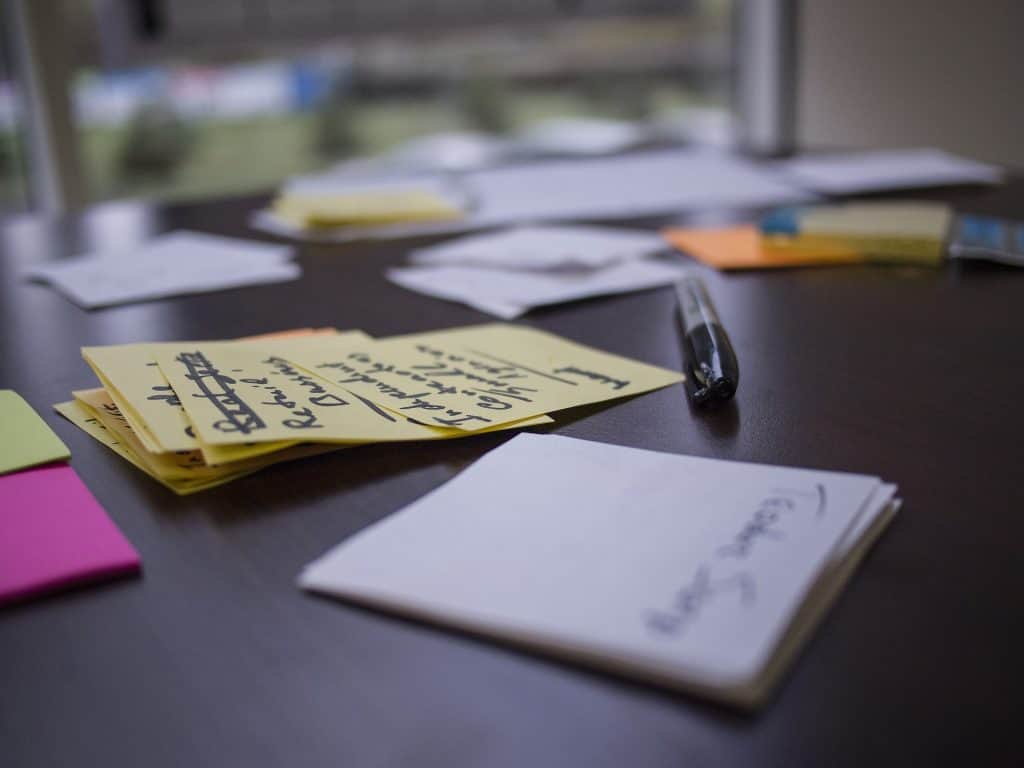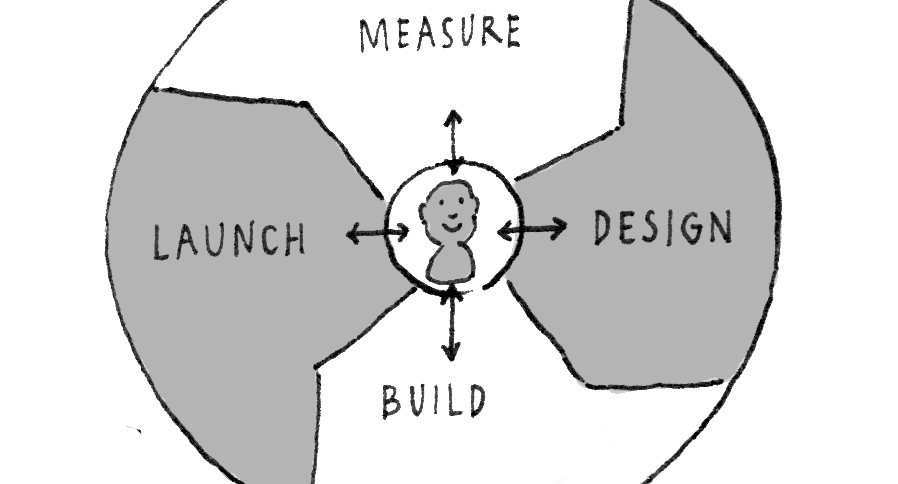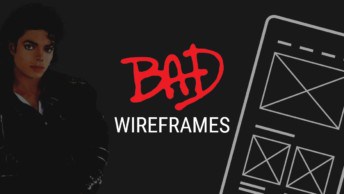The most important decisions made about any product often take place between iterations. You could argue that the timeframe between identifying key research findings and understanding what the next iteration will be is the most crucial to the future success of the product.
There are many activities that take place during this phase and even before it begins – not just by research or design teams, but stakeholders, developers and customers as well. Clear communication and collaboration is the primary driver for gaining overall alignment among decision makers as quickly as possible.
At 3M, we’re fortunate to have access to many customers, allowing us to take the iterative approach to research outlined in this article. Depending on the project, timeline and business realities, coordinating customer visits and travel usually takes place over the course of several weeks.
How researchers and designers collaborate
While initial research sessions are observational and focused around contextual inquiry, it doesn’t mean that design is on hold. It’s beneficial to have at least one designer and one stakeholder from the business attend the research sessions, preferably on-site, so there’s shared learning. Team members debrief after each visit and input findings into a shared document so that it’s accessible to everyone on the team. This prevents the possibility of forgetting key points or confusion between what users may have said or team members may have heard.

Aware of the need to identify trends, but cognisant of time between research visits, it’s important that researchers start to analyse and organise findings while designers start to explore potential solutions via sketches, moodboards and other design activities. Throughout this quick sketching process, the team should involve stakeholders and subject matter experts to ensure the accuracy of what is presented.
For us, this sketching process can sometimes happen in a hotel lobby, producing a sketch that we’ll share with customers. Customers appreciate the low fidelity of the sketches because it allows them to be involved in early validation and provides them with the opportunity to offer feedback. The accuracy of the content is important so that users aren’t distracted by missing data, and can focus on the intended functionality of the concept sketches.
This iteration cycle typically continues throughout the research phase, with the fidelity of designs increasing as research is analysed, revealing further insights on the behavioural trends of users.
Keeping teams aligned
Communication between designers and the cross-functional teams of stakeholders and developers is essential throughout the process to ensure the decisions made align with business goals, technical capabilities, and customer needs. Once there is alignment, it’s time to conduct more formal user testing (which we often do remotely), with the customers we visited. This user testing should also be iterative, with the prototype increasing in robustness each week.
This should all be part of an agile or design sprint process but sometimes, depending on the complexity of the problems to be solved and the bandwidth of the team, there may not be a designer embedded within individual scrum teams. If this is the case, and the team is focused on validating larger solutions as opposed to smaller features, it’s best to facilitate a workshop with the development teams and product owners to plan the agile implementation of the new design. As specific pieces of functionality are validated throughout the process the design team works with developers to prioritise and support their efforts.
Since software is iterative, the cycle continues. Once the features are launched and the results are measured, it’s time to assess the business and user needs and begin the process of working towards the next release iteration.





